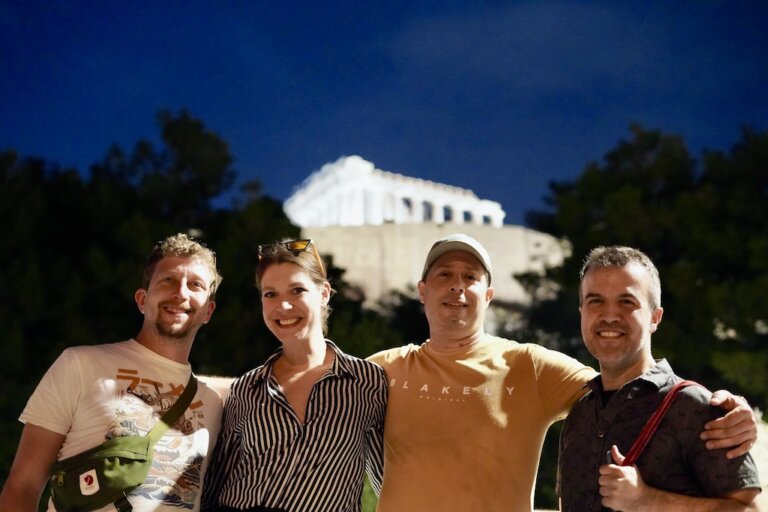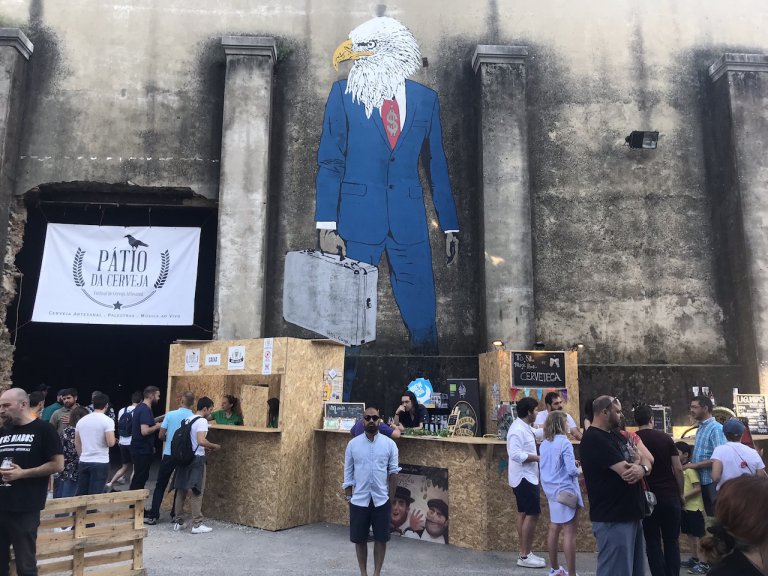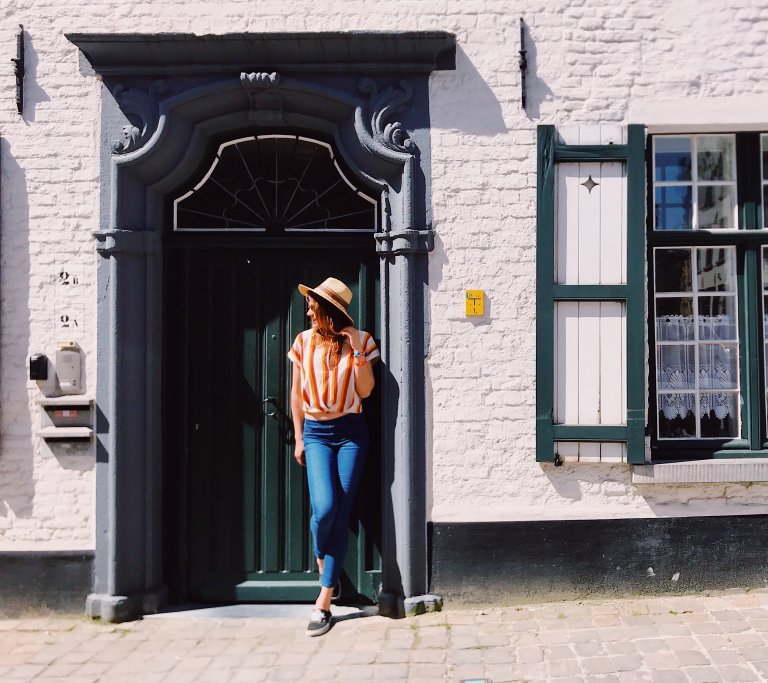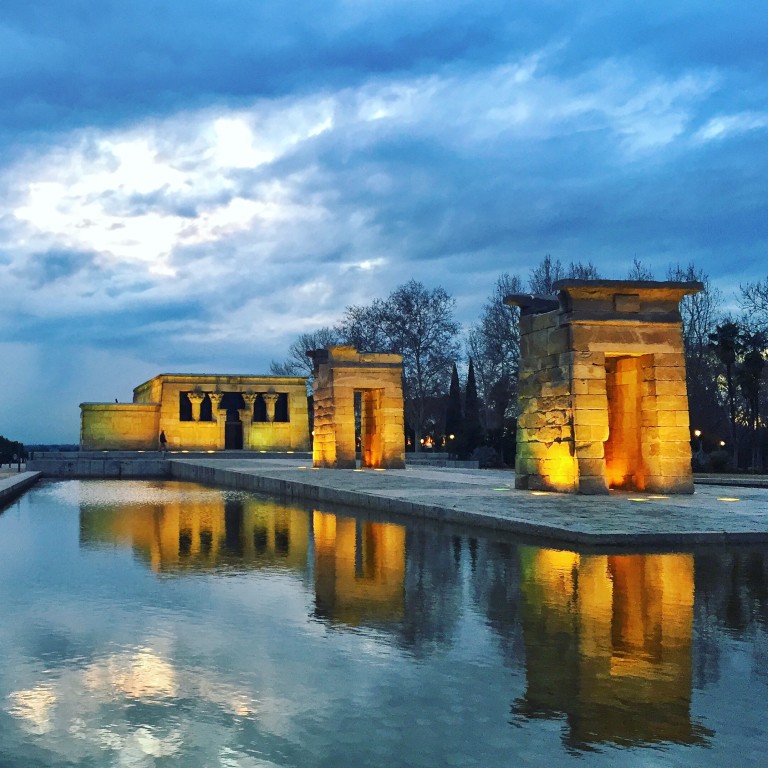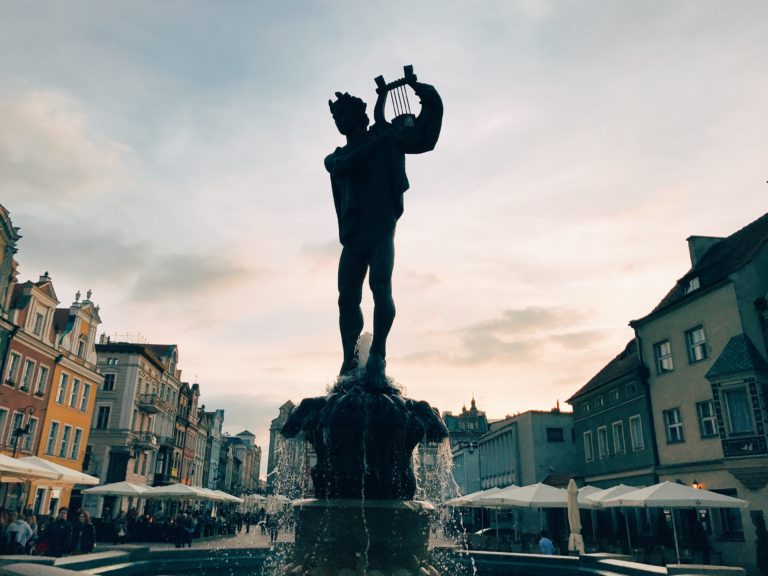Back to the roots: A culinary pilgrimage in Vorarlberg
“We have always had a poor man’s cuisine, working the land and trying to cook with very simple ingredients—potatoes, meats and cheese, Riebel. I think it’s from this necessity comes our innovation.”
Guerrino Longhinop
As a child of a migrant, food and identity have always been a topic that I have long been obsessed with. A plate of food is not just a means of nourishment. In it lies the story of us, a complex web of identities, multiple strands that connect us, from London to Kolkata, from Tokyo to Lisbon. Appreciating the story behind every dish, learning about the craft not only makes us enjoy that dish, it also brings us together. It makes us appreciate the history, heritage of a place. The centuries of craft, the endless graft, shaped by poverty and cold harsh winters, food becomes some magical time traveller’s capsule which transcends time and space. Especially where national boundaries overlap and culture collide, food can be a fascinating prism for exploring identity. Buffeted by Germany in the north west, Switzerland in the west and Liechtenstein on the east, Vorarlberg, the westernmost point of Austria on the southeast shore of Constance, is one such place where climate, history and culinary traditions intertwine to create a unique food culture.
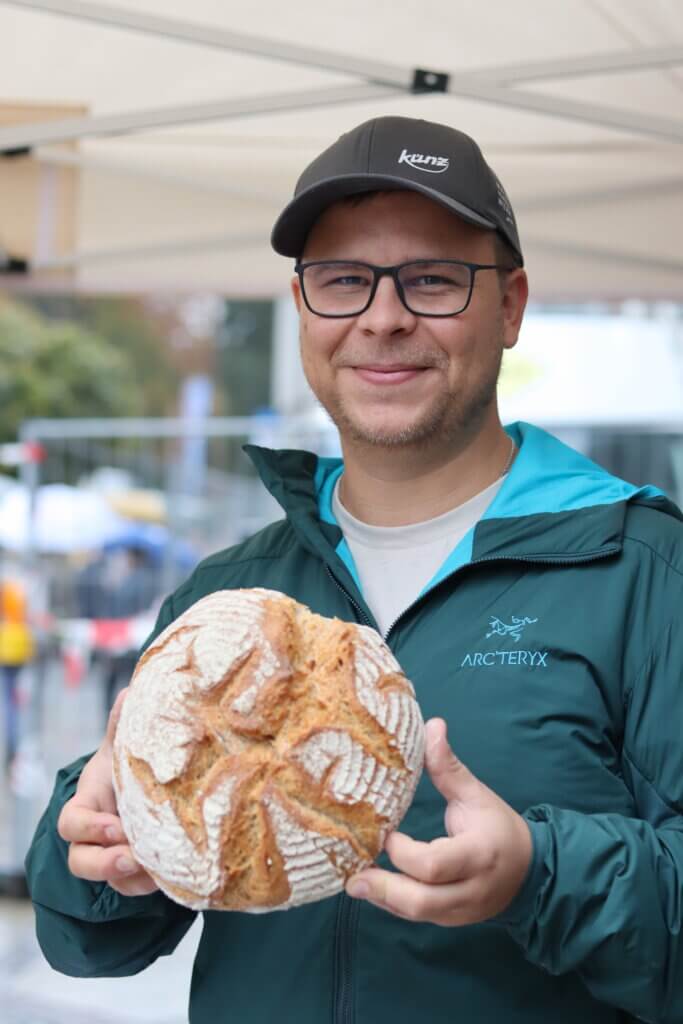
Nowhere is the complex identity more visible than at a local farmers market, which is why on a fine but cold, crisp Autumnal morning I travelled to the Dornbirn Farmers Market where I find myself chatting with plenty of friendly local producers. One of them was Guerrino Longhinop, an Italian native turned Vorarlberger who has been selling his artisanal Italian cheeses and meats in the market for the last 15 years. His favorite customer at the market and biggest fan is an unlikely star of the market Monty, the dog of the owner of the market who comes every Saturday for a nibble of Guerrino’s delicious Pecorino cheese.
Not just for dogs, cheese is the religion here in Vorarlberg and wherever you look there are mountains of the stuff piled high on wooden boards at every corner of the market, each variety telling its own story of altitude, grass, and cow. And to go with any great cheese you must have good bread. Another friendly native you will meet at the market is Dominik Künz, a fourth-generation baker, who shows us proudly his loaves made from local Bregenzerwald spelt. “It was a bit of an experiment,” he admits with characteristic mountain humility. “It was tough to gain the trust of people, but now everyone loves the bread.”
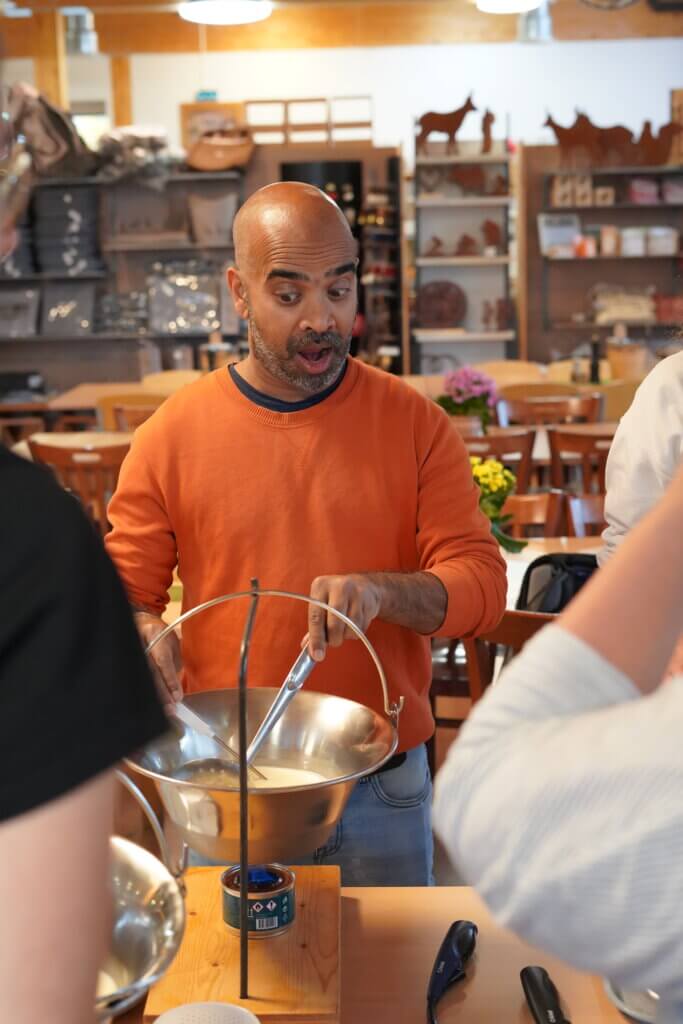
“We share the same cuisine but our ingredients are local….Plus, every dish comes with cheese, from dumplings to fondue to soup. Cheese is everywhere!!”
Cheese is everywhere on the menu in Vorarlberg so our next stop had to be learning the art of how they make it which is why we found ourselves in the rugged mountainous region of Montafon which boasts one of the oldest traditions in cheese making in Europe, dating back to the 12th century. Montafon is a real insight into mountain life in Vorarlberg- just rugged mountain peaks, beautiful sunsets, happy animals, friendly locals and then there is cheese, lots of it. The place to go to sample all the delicious cheeses of the region is the Käsehaus Montafon. I decide to take it one step further and enroll myself into a cheese making workshop. During the 2 hour workshop, I make my own cheese under the watchful eyes of Oliver, a professional cheesemonger. Then at the end, comes the fun part, a delicious farmer’s buffet with regional delicacies which includes the specialty of the region, the salty sour Montafon Sura Kees. There is a small window in the summer to produce this cheese with over 800 cows supplying milk for 13 alpine dairies. Like the Alp cheese that is produced from May to September, it is the uncomplicated time worn methods and unique seasonality that makes Vorarlberg’s cuisine so rich. This is food that doesn’t try to impress you; it just is what it is, which makes it all the more impressive.
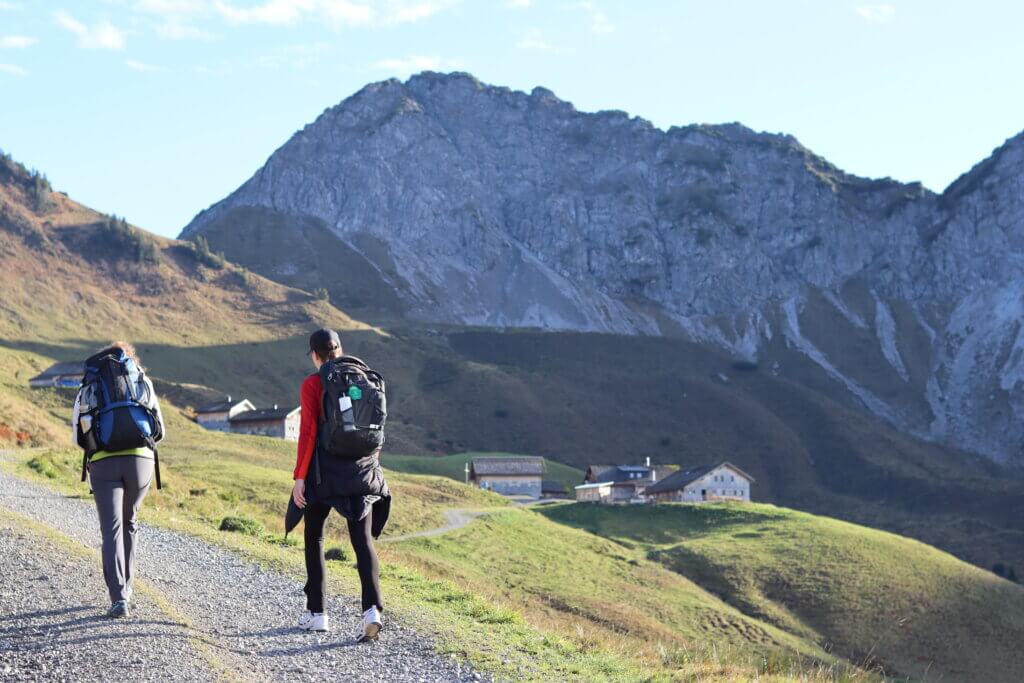
The reward after a long solo hike in Vorarlberg has to be a generous serving of the aromatic Käsknöpfle cheese spaetzle, a hearty Austrian version of macaroni and cheese but with the added bonus of crispy onion toppings. The dish is served in practically every inn and restaurant in the region but one of the most unique places to sample it is the magical Breithorn hut.
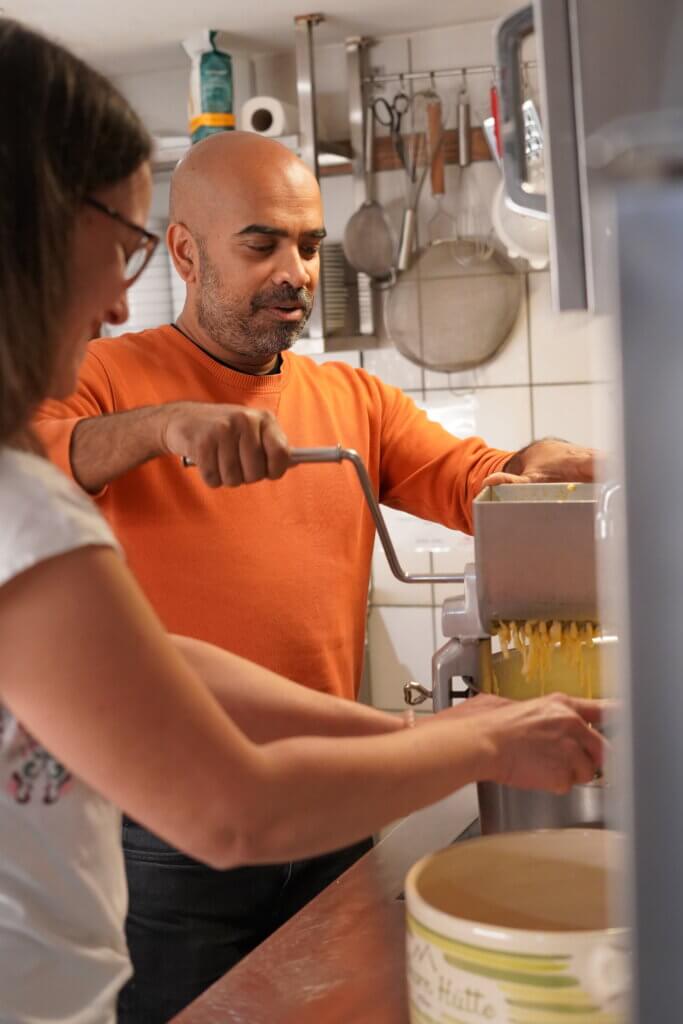
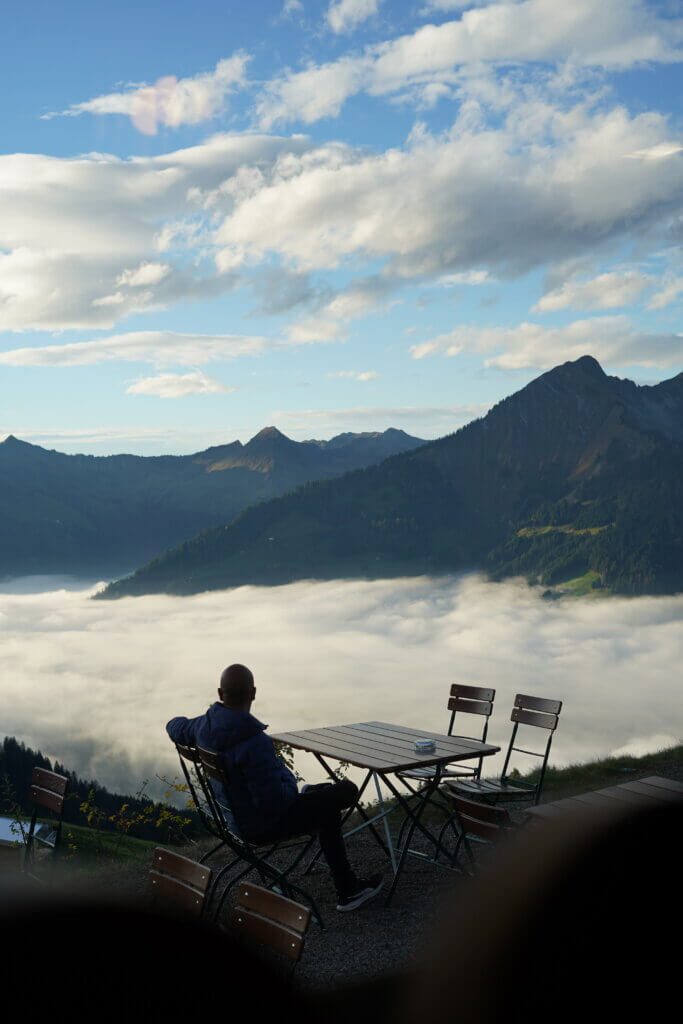
Views of the Breithorn and the Große Walsertal , right upto the Swiss mountains
After a few generous servings of the Käsknöpfle, the best thing is to grab a schnapps and then enjoy the sunset from the rustic dining room. You get these stunning views of the Breithorn and a beautiful view of the Große Walsertal up to the Swiss mountains (Säntis). Sunrise is equally magical and as we hiked down back to the cable car station, I felt a sense of gratitude and also sadness of leaving such a beautiful place behind.
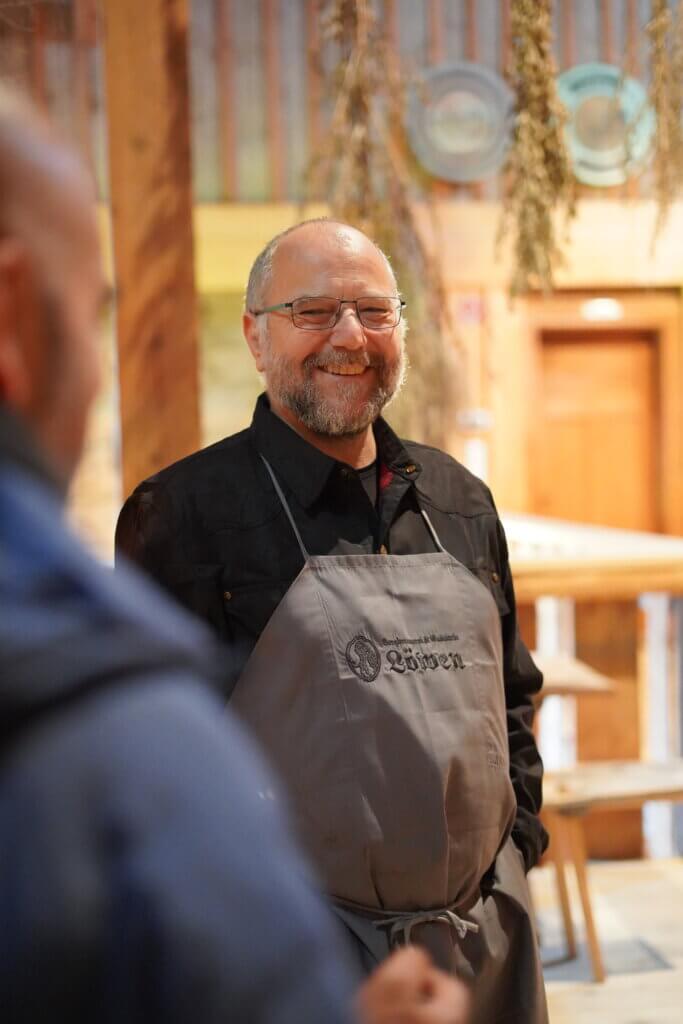
Like many of the towns in Bregenzerwald, Au is a picture of Austrian rural idyllic perfection – lined with beautiful timber buildings, wooden balconies overflowing with colourful flowers. The village and the region draws in many visitors thanks to its beautiful wooden architecture. There is again that passion of working with the land and that spirit of innovation that comes from hardship that has translated into some of the finest wooden craftsmanship in the world. That spirit of innovation is very much tangible on the next stop of our Vorarlberg food odyssey. At Löwen Mountain Distillery in the village of Au, under the careful guidance of master distiller Oliver Huber, I am sipping on their signature mountain meadow schnapps that burns with the concentrated essence of mountain fruit. It has a fresh and lovely herbal flavour, like mountain hay and wild herbs.
”We have 15 different products using 20,000 fruit distillers in a circle of 100 kilometers around us,” explains Oliver, describing how a 300-year-old tradition born from farmers trying to turn excess fruit into portable currency has evolved into sophisticated spirits. “When the hay passes through the cow, it becomes mountain cheese. And when it passes through our still, the schnapps is created. Essentially, our product is summer, preserved in a bottle.”
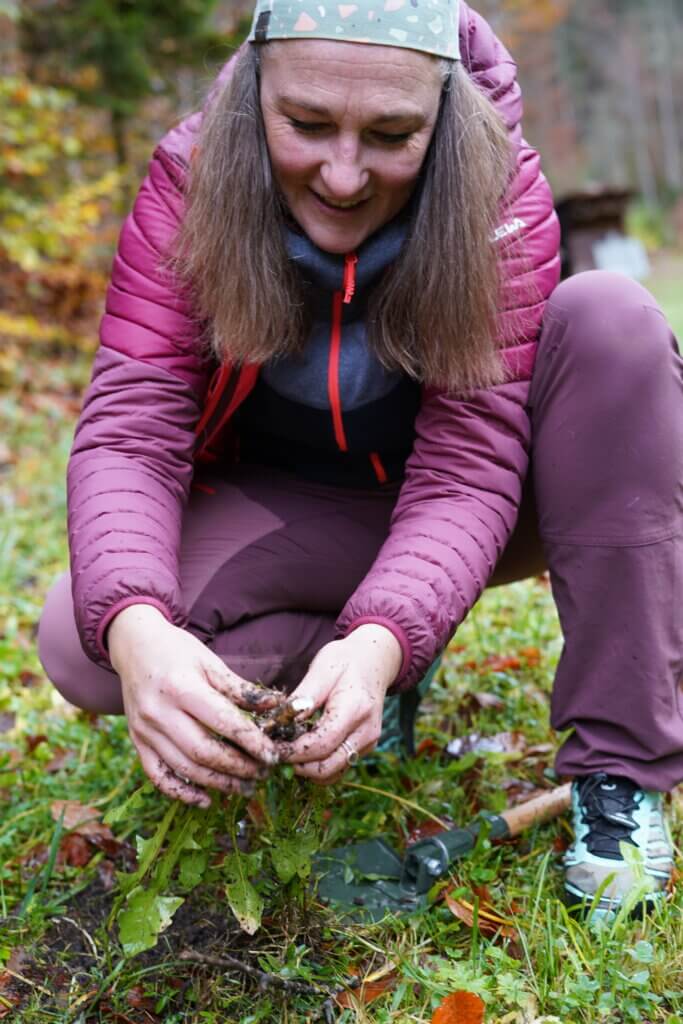
Later, we go hiking for herbs with herbalist Katharina Moosbrugger. I’m plucking dandelions from an Alpine meadow, learning that this common weed supports liver health and digestion. “Countless herbs grow just outside our doorstep,” she says, crushing a leaf between her fingers for me to smell. It’s a reminder that in places where the growing season is cruel and brief, nothing is wasted, nothing is taken for granted.
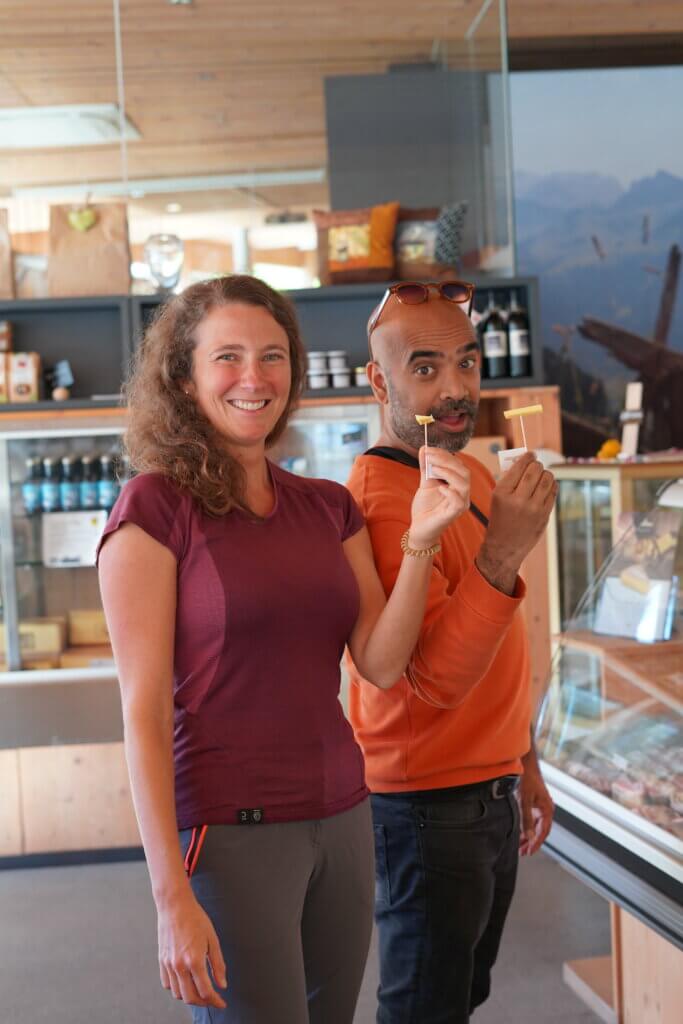
This is the essence of Vorarlberg on a plate—necessity transformed into virtue, scarcity into innovation, simple ingredients elevated through understanding and respect.
In a world of culinary excess and pretension, there’s something profound about a place where the harshness of the environment has created not deprivation but a deeper relationship with what the land provides. In an uncertain world where self sufficiency is becoming critical, Vorarlberg shows us that through time honored methods, traditions passed on through generations, there is an alternative, a possibility of living in harmony with an ever changing landscape and world.
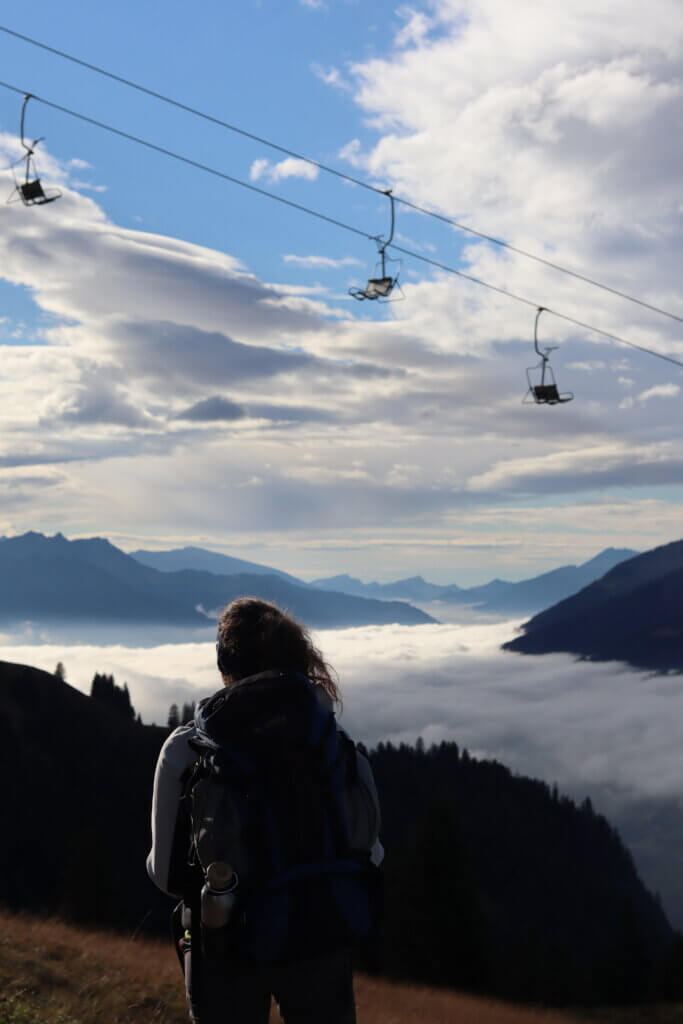
Further reading
The best things to do in Vorarlberg
Lessons learnt in architecture in Vorarlberg
Things to do in Bregenz: Cake, culture and Constance
Disclaimer
I was invited by Vorarlberg Tourism Board to write about the food culture and scene of Vorarlberg. As always, all opinions ( bad and good) expressed here are my own.
Huge thank you to Sandra Schacherer and the Vorarlberg Tourism Board team for all the wonderful foodie experiences and making our time there memorable.
